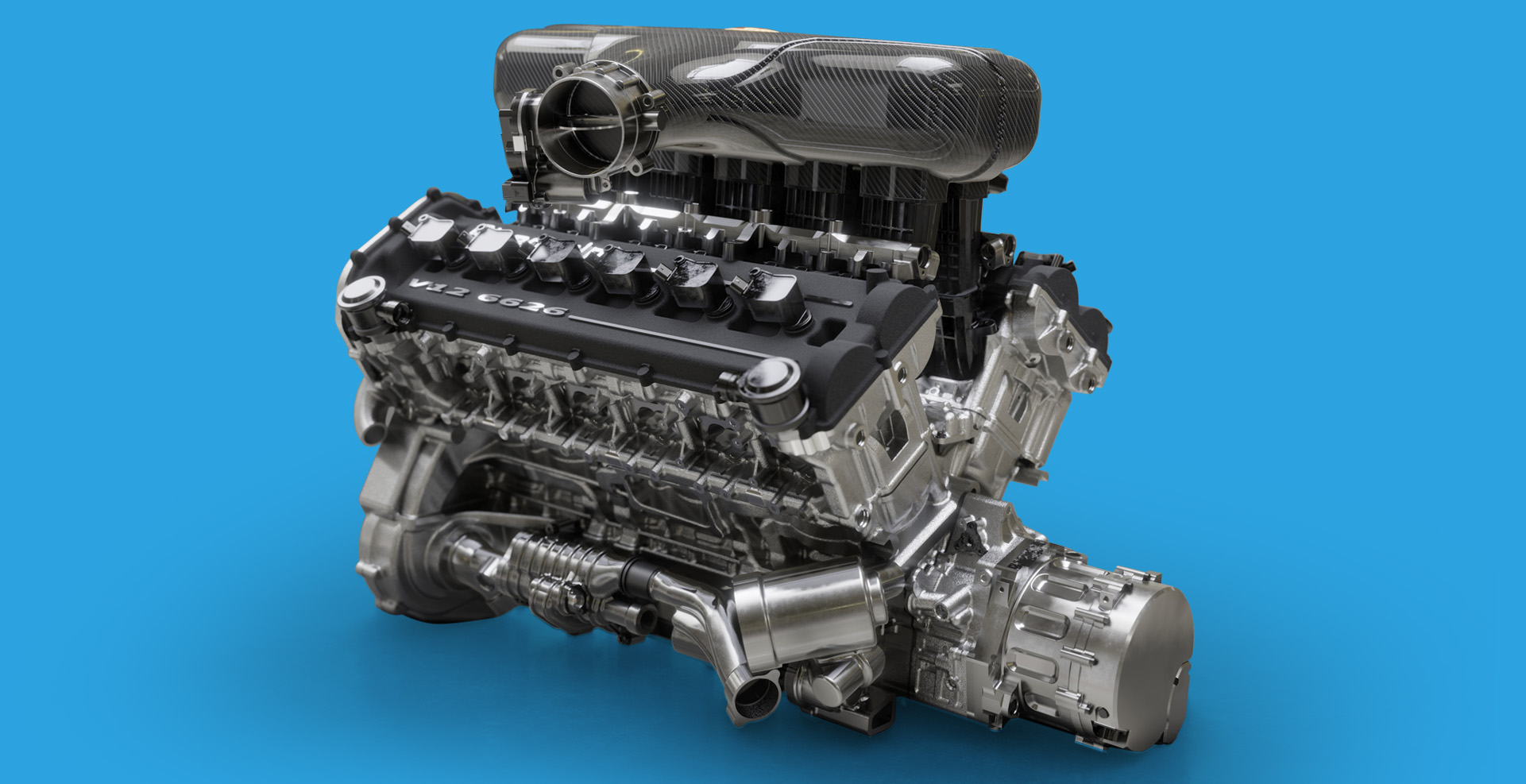Engines for Africa at Competitive Costs: Your Preferred Automobile Parts Shop
The Mission for Ultimate Driving Power: Investigating the Peak of Engine Performance and Technological Breakthroughs in the Automotive Sector
In the realm of automobile design, the search of optimum driving power has been a relentless quest that has actually unravelled through the development of engine design and the integration of innovative modern technologies. From the careful workmanship of combustion engines to the rapid improvements in electrical propulsion systems, the auto field stands at the cusp of a new era identified by unmatched performance capacities. As designers and researchers delve much deeper right into the worlds of computational liquid characteristics and discover cutting-edge gas modern technologies, the perspective of possibilities expands significantly. Keep tuned as we unwind the elaborate tapestry of technical developments that are shaping the future of auto power and performance.
Evolution of Engine Layout
In addition, the combination of turbocharging and turbo charging innovations has revolutionized engine style by improving power without substantially boosting engine dimension. These forced induction systems press the intake air, permitting more fuel to be combusted, thereby creating better power outcome from a smaller engine. This advancement has been especially vital in boosting the performance of smaller sized displacement engines while maintaining gas performance standards.

Performance-Enhancing Fuel Technologies
The execution of innovative fuel modern technologies has significantly contributed to boosting engine performance in modern-day lorries. Biofuels, obtained from sustainable sources like sugarcane, corn, or algae, deal enhanced and lowered exhausts engine efficiency. Furthermore, fuel ingredients and cleaning agents are being formulated to clean engine parts, enhance burning, and decrease friction, thus increasing total vehicle performance.
Developments in Electric Propulsion
Significant strides in electrical propulsion modern technology have actually transformed the auto market, leading the way for a brand-new age of effective and sustainable transportation. Electric automobiles (EVs) are gaining popularity because of their ecological benefits and advancements in battery innovation, enabling longer driving varieties and much shorter billing times. Suppliers are spending heavily in r & d to enhance the performance of electric propulsion systems, focusing on enhancing power output, enhancing power effectiveness, and decreasing total weight.
One remarkable innovation in electric propulsion is the development of sophisticated electrical motors that supply greater torque and power density, causing improved acceleration and overall driving efficiency. Additionally, regenerative braking systems have been fine-tuned to keep and capture energy throughout deceleration, additional boosting the effectiveness of find out this here EVs.
In addition, the assimilation of wise innovations, such as expert system and anticipating analytics, is enhancing the management of electrical propulsion systems, guaranteeing optimal efficiency under numerous driving problems. These improvements in electrical propulsion are improving the auto landscape, driving the sector in the direction of a more lasting and electrified future.
Impact of Computational Liquid Characteristics
With improvements in electric propulsion pressing the limits of auto technology, the integration of Computational Liquid Dynamics is playing a pivotal role in optimizing aerodynamic efficiency and enhancing total efficiency in lorry layout. Computational Liquid Characteristics (CFD) includes making use of computer system simulations to assess the circulation of air around a lorry, allowing designers to forecast how layout changes will certainly affect the rules of aerodynamics without the need for pricey physical prototypes. By accurately modeling air flow patterns, CFD permits the improvement of lorry forms to lower drag, enhance cooling, and boost security.
CFD allows designers to enhance air flow around components such as radiators, engine bays, and wheel wells, adding to boosted performance and total driving experience. In conclusion, the integration of Computational Fluid Dynamics stands for a significant action forward in the quest for best driving power and performance in the automotive sector.
Future Fads in Engine Innovation
In the dynamic landscape of vehicle engineering, innovative improvements are forming the future trajectory of engine advancement. The future of engine style is noted by a strong focus on efficiency, sustainability, and performance. Manufacturers are significantly focusing on establishing engines that not only provide high power results but also focus on their explanation environmental responsibility by decreasing exhausts and boosting fuel effectiveness.
One prominent fad in engine innovation is the surge of electrification. Crossbreed and electric powertrains are gaining traction as feasible choices to traditional burning engines. These innovations supply the capacity for substantial reductions in carbon discharges and boosted energy efficiency, lining up with worldwide initiatives to combat climate change.
Additionally, innovations in materials scientific research and production methods are enabling the manufacturing of lighter and much more long lasting engine parts. This change in the direction of lightweight products such as carbon fiber and light weight aluminum alloys adds to boosted performance and fuel economic situation.
Final Thought
To conclude, the pursuit of ultimate driving power in the automobile sector proceeds to drive developments in engine style, gas technologies, electric propulsion, and computational fluid dynamics. The advancement of these innovations is shaping the future of engine technology, leading the way for a lot more reliable and powerful vehicles (engines for africa). As the market remains to press the limits of what is possible, we can anticipate to see also more revolutionary advancements in the pursuit for peak performance
One of the essential landmarks in engine style evolution is the shift from traditional carbureted engines to modern fuel-injected systems. By specifically metering the gas distribution to each cylinder, fuel-injected engines enhance burning, resulting in better performance and minimized environmental effect.
Moreover, the integration of turbocharging and visit their website turbo charging innovations has changed engine style by enhancing power without substantially enhancing engine size (engines for africa).The implementation of advanced fuel modern technologies has dramatically added to boosting engine performance in modern-day automobiles. Furthermore, fuel additives and cleaning agents are being formulated to tidy engine elements, optimize burning, and decrease friction, therefore enhancing general car efficiency